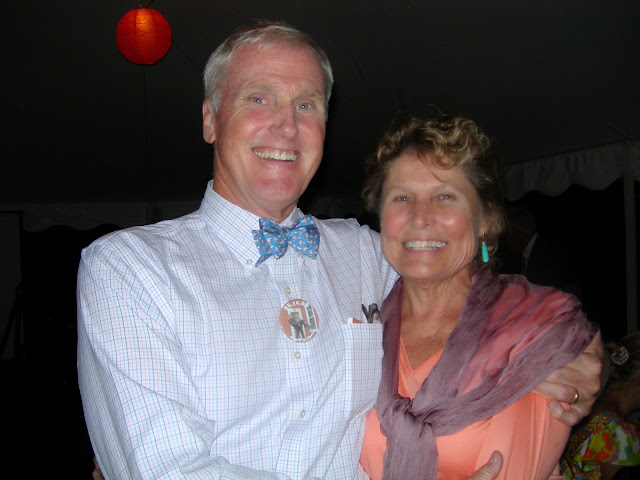Pina and I hit the trail yesterday, with a destination eye on Stockholm and Maiden Rock, WI. Travel down WI-35 was effortless, big, bold Mississippi to our right as we headed south. Plenty of sail boats out on Lake Pepin already. Sun ? Bright and strong as we left the Twin Cities (after days of endless rain). Spirit of adventure? Very much alive, and we still had a few bucks in our credit line on the trusty VISA card.
NTS had down her homework. With a couple of magazines on her lap, opened to dog-eared pages of must-see shops in Maiden Rock and Stockholm, the anticipation was palpable. I'd forgotten that combined populations of these two burgs couldn't have been more than 250 hardy, creative souls. So, we knew we were in for a special treat.
Secret Heart Gallery was our first stop. B. J. Christopherson is owner, iconic artist, and whimsy inspiration behind the place. Poppy and Poppina had bought a wedding present from B.J. a couple of years ago at the Arts Show in St. Paul's XCel Center, but hadn't been at the shop.
B.J.'s work, as she explains: "....represents protectors, guardians, saints and their symbols. My intent is to explore the heart -- the center of life, strength and understanding."
Cultural Cloth, LLC is right across WI-35 from Secret Heart, but half a world away from the sources of its creative offerings. Business owners Mary Ann and Jody do well at the same time they do good. From the B-side of the company's business card we learn that:
"As textile artists and women ourselves, we are honored to collaborate with talented women from developing countries around the world. With each extraordinary piece in our shop you not only acquire a work of art, you support women's economic independence.
"Women who earn money stand taller. They invest in their families. Children stay in school. Communities prosper. Lives are changed."
Nancy Hoyt observes as Mary Ann Wise displays gorgeous ceremonial fabric, hand loomed and dyed in Kyrgyzstan. Design and colors are representative of pomegranates - signs of abundance and fertility in this South Asian region.
Had to take a break from the culture
and re energize ourselves -- which we did at Stockholm Pie. Rated by some would-be Anthony Bordain as one of the 100 top places in American to eat, Stockholm bakes pies that are to die for -- with homemade whipped cream smothered all over the place. Pina and I shared a man-sized slice of the triple berry. And bought a 6" rhubarb pie to take back home to Long Lake. Someone in our household has already sliced into this beauty.
Below is a shot of the inside of Mary Ann's store. Should give you some idea of the richness and diversity of the fabrics and woven goods acquired from the world's developing countries. And, as Mary Ann is quick to remind, everything they carry has been created by the women in these countries of origin. You can't help but feel good shopping there.
























































